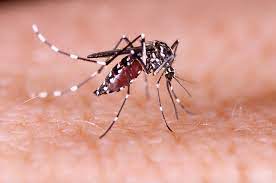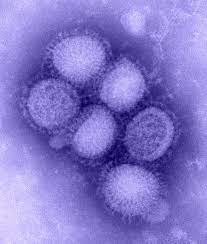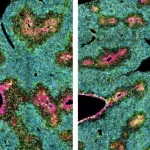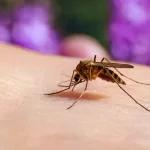Groundbreaking Research Sheds Light on Environmental Factors in Congenital Zika Syndrome
In recent years, the Zika virus (ZIKV) epidemic in Brazil, particularly in the Northeast region, has raised alarm due to its association with microcephaly and other congenital malformations, collectively known as congenital Zika syndrome. The unusually high incidence of severe cases in certain areas has led researchers to explore the possibility of environmental factors exacerbating the virus’s effects.
A recent study published in Scientific Reports by researchers from the D’Or Institute for Research and Education (IDOR) in collaboration with the Federal University of Rio de Janeiro (UFRJ) has revealed a crucial link between ZIKV and saxitoxin (STX), a neurotoxin produced by cyanobacteria found in contaminated water reservoirs. The study suggests that this environmental toxin significantly amplifies neuronal damage caused by the virus.
Environmental Conditions and the Spread of Neurotoxins
“The years 2015 and 2016 were marked by intense drought in Northeast Brazil, leading to reduced water levels in reservoirs used for human consumption. These conditions favored the proliferation of cyanobacteria, which release neurotoxins such as saxitoxin into the water supply,” explained Dr. Marília Zaluar, a neuroscientist at IDOR and one of the study’s coordinators.
Previous studies had suggested a connection between saxitoxin exposure and increased vulnerability to ZIKV, but the exact mechanism was not well understood. This new research provides deeper insights into the cellular effects of STX in combination with ZIKV.
Breakthrough Findings in Brain Organoid Models
To investigate the interaction between ZIKV and STX, researchers utilized lab-grown human brain organoids, commonly referred to as “mini-brains.” These structures, developed from pluripotent stem cells, mimic key aspects of early brain development, allowing scientists to observe how different brain cell types respond to infection and toxin exposure.
The findings revealed that the combined impact of ZIKV and STX was particularly severe in both mature and immature neuronal cells, whereas other nervous system cell groups showed greater resilience. Researchers also discovered that STX could block the spontaneous electrical activity of neurons, which is essential for proper brain development. Although neurons partially regained electrical activity after the toxin was removed, many suffered irreversible damage.
Implications for Public Health and Environmental Monitoring
Another critical discovery was that STX appeared to intensify viral infection, suggesting that the neurotoxin not only made neurons more vulnerable to cell death but also facilitated viral replication. This could explain why congenital Zika syndrome cases were significantly more severe and frequent in Northeast Brazil compared to other regions.
The study underscores the urgent need for improved monitoring and regulation of water reservoirs, particularly in drought-prone areas. With climate change contributing to more frequent extreme weather events, such as prolonged droughts, the risk of neurotoxin contamination in drinking water could increase, posing further threats to public health.
Future Research Directions
The researchers hope their findings will encourage further investigation into how environmental toxins interact with infectious diseases, particularly those affecting neurological development. While significant progress has been made in understanding ZIKV, much remains to be explored regarding the combined impact of environmental and viral factors on brain health.
Reference: Leticia R. Q. Souza et al, “Saxitoxin potentiates human neuronal cell death induced by Zika virus while sparing neural progenitors and astrocytes,” Scientific Reports (2024). DOI: 10.1038/s41598-024-73873-z
Disclaimer: This article is for informational purposes only and does not constitute medical or public health advice. Readers are encouraged to consult relevant experts and authorities for guidance on Zika virus prevention and water safety measures.












